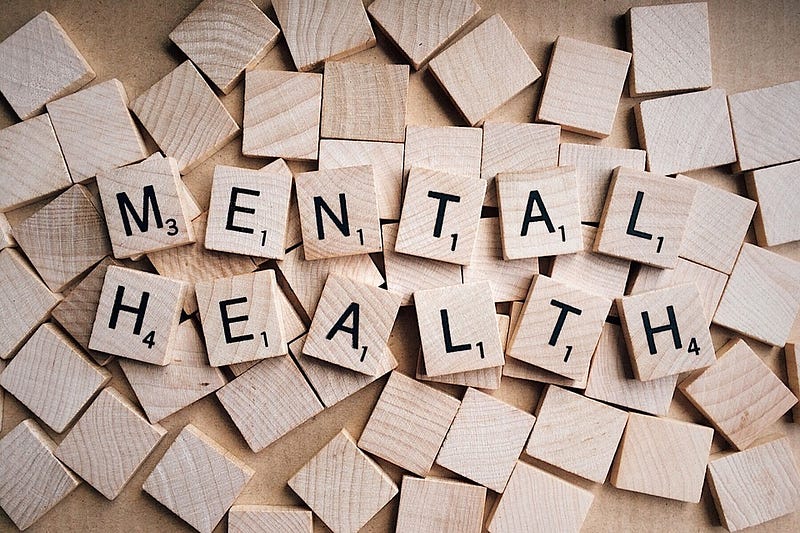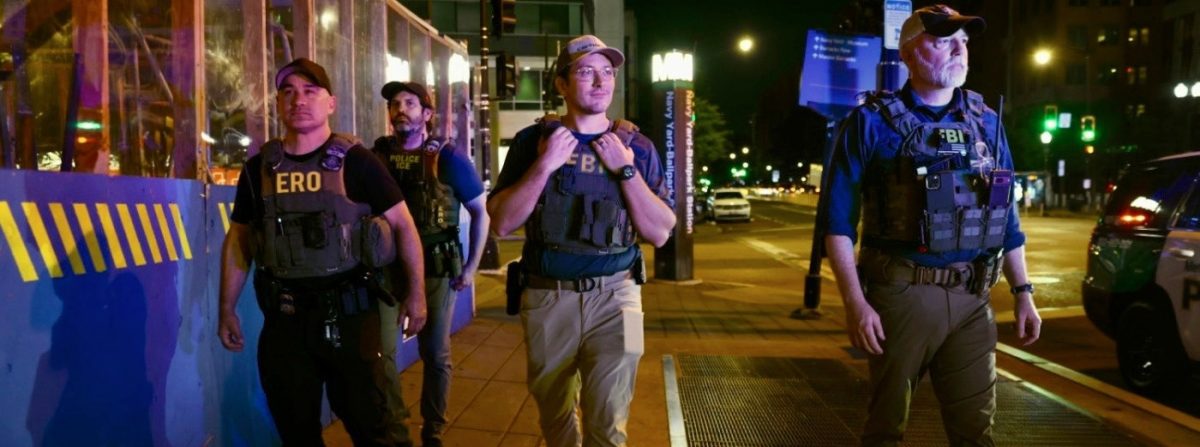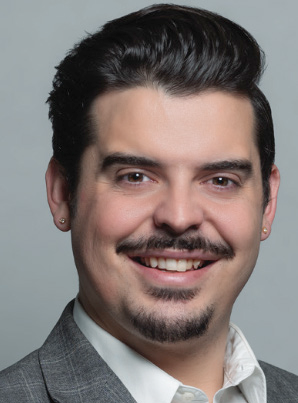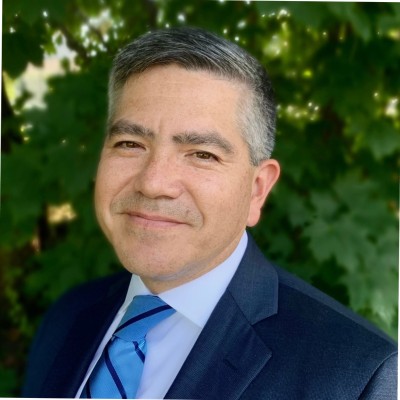
On April 1, Student Assembly released an open letter written by the parents of the late Graham Burton to the Hamilton community. In 2016, Graham was a sophomore at Hamilton when he took his life in his dorm room on a campus that promises to promote a supportive community where people look out for one another. As they describe in the letter, the Burtons believe Hamilton failed Graham in a number of ways, as well as failing the Burtons in their own hopes for the entire community to follow up and make changes that will prevent such a tragedy from occurring again.
In their open letter to the community, which Student Assembly President Nadav Konforty ’20 shared with the campus via email, the Burtons list the contents of numerous emails that were exchanged between different members of the faculty and administrators in the Dean’s office. The contents of the emails made it evident that authority figures at Hamilton were aware of Graham’s struggles leading up to his suicide. Despite their shared concerns, however, the administration did not notify the Burton family, and Graham did not receive the help and support he very clearly needed.
In response to the issues raised in the letter, as well as a number of other changes that could be made in our community, Student Assembly and the Levitt Social Innovation Team worked in collaboration to implement Hamilton’s first ever Town Hall. At this event on April 2, students and faculty came together to speak about sexual assault, academic stress, and mental health, among other issues. The letter was a particular focal point of that night’s discussions, and many students had questions about the administration’s response to the letter. Those questions were also posed at the weekly Student Assembly meeting.
With President David Wippman and Vice President and Dean of Students Terry Martinez in attendance to answer questions, members of the Student Assembly as well as students outside of the organization had the opportunity to voice their opinions and call for change. The letter opened up discussions on mental health, available mental health resources to students on campus, and the improvements that can be made to current Hamilton policies.
Ian Lunn ’18 started by asking numerous questions, addressing the administration’s inaction in the wake of the letter, the increasing number of students taking leaves of absence, the inadequate suicide prevention training that is offered to the faculty, and the confusion surrounding why the Burtons were left in the dark when it came to their son’s struggles with mental health. This last question especially was a point of controversy; many students were angry that the Burtons were not notified, even as Graham’s situation was described by his academic advisor as a “complete crash and burn.”As President Wippman stated in response, “As much as I might like to discuss the specific circumstances of any given student, I can’t for privacy and other reasons. It’s not appropriate for me to talk about any specific student’s mental health situation or what the College recommends with respect to any given students. We can talk about what the College’s mental health policy and practices are. And we can talk about what has happened over the last year and a half and the steps that the College has taken.”
Many Student Assembly members echoed this sentiment, urging the community to use the letter not as a divisive force but rather as a tool to move forward and create positive changes. As Gavin Meade ’20, the Student Assembly’s Mental Health Liaison, stated, “it’s irresponsible of us to assign blame of steps that have occurred since an event took place. It raises the idea that we are at odds with or in conflict with the administration when, as President Wippman just stated, it should be a collaborative effort working with them to the same end.”
To that end, Dean Martinez also explained the current steps that the administration is taking toward improving mental health awareness on campus, including implementing more extensive Gatekeeper suicide prevention training for all faculty members and working with specific students on a case-by-case basis “to make sure they get the support that they need much sooner when they are in crisis.” She and President Wippman noted that the administration is also working closely with David Walden, the director of the Counseling Center, as well as the JED Foundation, an organization that establishes programs and guides to educate schools on mental health and suicide prevention efforts.
However, as acknowledged numerous times at the Student Assembly meeting and at the Town Hall that took place the day afterward, this is an ongoing conversation in which all members of our community must take part. While the current efforts being made are encouraging steps in the right direction, active participation and consideration of these issues are essential to affecting policies, creating the positive changes necessary on campus, and ultimately fulfilling the goal of the Burtons’ letter: securing the well-being of both current and future Hamilton students.

























